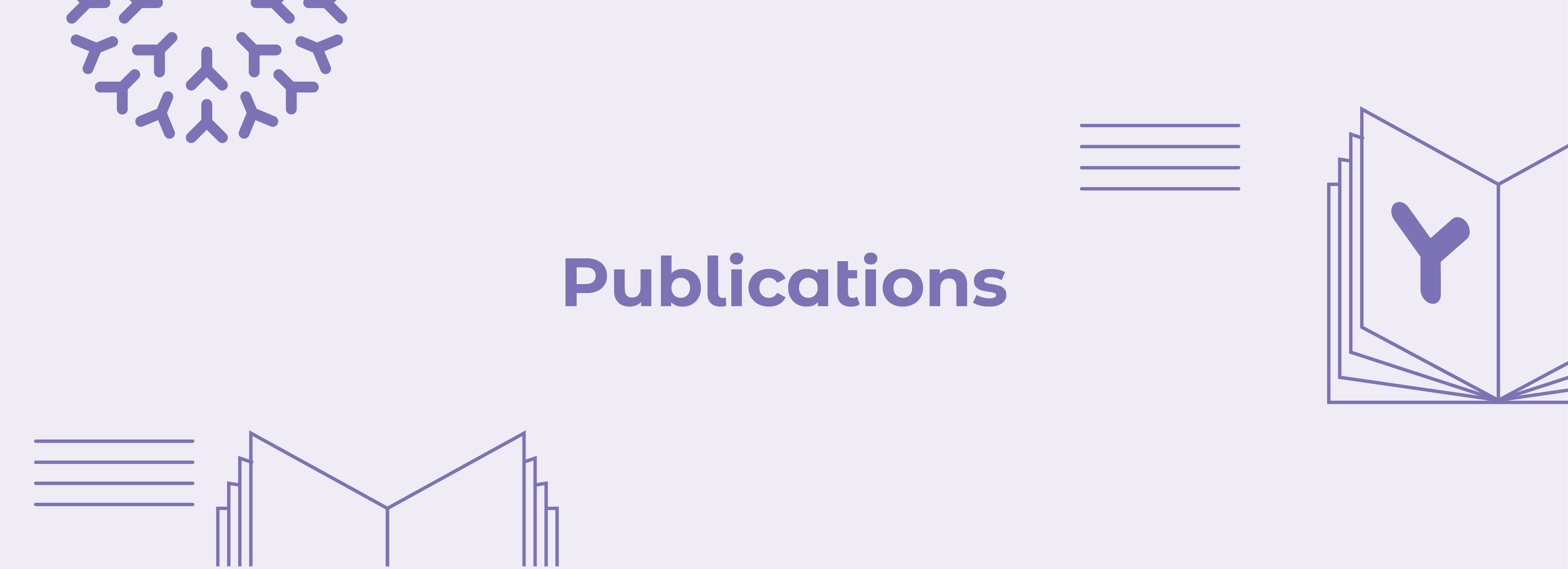1 min read
Drosophila p53 is a Structural and Functional Homolog of the Tumor Suppressor p53
By Antibody Solutions Research Team on Mar 31, 2000 3:41:00 PM
The importance of p53 in carcinogenesis stems from its central role in inducing cell cycle arrest or apoptosis in response to cellular stresses. We have identified a Drosophila homolog of p53 ("Dmp53"). Like mammalian p53, Dmp53 binds specifically to human p53 binding sites, and overexpression of Dmp53 induces apoptosis. Importantly, inhibition of Dmp53 function renders cells resistant to X ray-induced apoptosis, suggesting that Dmp53 is required for the apoptotic response to DNA damage. Unlike mammalian p53, Dmp53 appears unable to induce a G1 cell cycle block when overexpressed, and inhibition of Dmp53 activity does not affect X ray-induced cell cycle arrest. These data reveal an ancestral proapoptotic function for p53 and identify Drosophila as an ideal model system for elucidating the p53 apoptotic pathway(s) induced by DNA damage.
Topics: Publications p53 Carcinogenesis
1 min read
Production of Monoclonal Antibodies Using a Secretion Capture Report Web
By Antibody Solutions Research Team on Aug 13, 1995 11:29:00 AM
We describe a novel method for the production of monoclonal antibodies using a secretion capture report web (SCRW). Following HAT selection in bulk culture, individual hybridomas are encapsulated in biotinylated agarose drops. Antibody secreted by the hybridoma is captured within the agarose drop using an avidin bridge and biotinylated anti-mouse immunoglobulin. The secreted antibody is detected by a fluorescent reporter which can be either a second anti-mouse antibody or an antigen. The binding of the reporter can be quantitated and the desired hybridoma directly cloned by flow cytometry. Multiparameter (i.e., two-color) reporter analysis can also be used to selectively enrich and clone rare hybridomas secreting antibodies directed to unique epitopes. The method allows the characterization of thousands of clones per second and the isolation of hundreds of clones per day.
Topics: Publications Secretion Capture Report Web
1 min read
Laboratory Methods in Immunology - Development of quantitative two-site ELISAs for soluble proteins.
By Antibody Solutions Research Team on May 23, 1990 11:17:00 AM
This two-volume reference details immunological techniques for biologists of all disciplines. Volume I includes a detailed discussion of the tissue culture laboratory. It addresses what the lab needs to be, and the general "housekeeping" procedures involved in tissue culture. Presented next are chapters on specific aspects of tissue culture and hybridoma technology. The book includes a review of bioassays for interleukins, and a series of papers on lymphokines and functional assays in vitro. The section on molecular genetic studies begins with consideration of the choice of strategies for cloning the genes of cell surface molecules. It continues with papers on aspects of molecular biological techniques most closely related to immunology. The final section covers immunochemical techniques. Volume II reviews techniques used with small laboratory animals. It includes papers on specialized procedures with animals. Technical aspects are emphasized through a detailed analysis of effects of ultraviolet light on the immune system. Covered also is antigen detection in cells and tissue. The book addresses the important areas of protein purification using monoclonal antibodies.These two volumes are of great importance to those who use immunological techniques, whether they are immunologists or trained in other disciplines. The book is intended for those in animal science, veterinary science, genetics and cell biology, bacteriology, immunology, pathology, biochemistry, laboratory medicine, and hematology.
Topics: ELISAs Publications
1 min read
Laboratory Methods in Immunology
By Antibody Solutions Research Team on May 9, 1990 11:00:00 AM
This two-volume reference details immunological techniques for biologists of all disciplines. Volume I includes a detailed discussion of the tissue culture laboratory. It addresses what the lab needs to be, and the general "housekeeping" procedures involved in tissue culture. Presented next are chapters on specific aspects of tissue culture and hybridoma technology. The book includes a review of bioassays for interleukins, and a series of papers on lymphokines and functional assays in vitro. The section on molecular genetic studies begins with consideration of the choice of strategies for cloning the genes of cell surface molecules. It continues with papers on aspects of molecular biological techniques most closely related to immunology. The final section covers immunochemical techniques. Volume II reviews techniques used with small laboratory animals. It includes papers on specialized procedures with animals. Technical aspects are emphasized through a detailed analysis of effects of ultraviolet light on the immune system. Covered also is antigen detection in cells and tissue. The book addresses the important areas of protein purification using monoclonal antibodies.These two volumes are of great importance to those who use immunological techniques, whether they are immunologists or trained in other disciplines. The book is intended for those in animal science, veterinary science, genetics and cell biology, bacteriology, immunology, pathology, biochemistry, laboratory medicine, and hematology.
Topics: Publications Tissue Culture
1 min read
Influence of Adjuvants on the Quantity, Affinity, Isotype and Epitope Specificity of Murine Antibodies
By Antibody Solutions Research Team on Jul 6, 1989 3:40:00 PM
Five adjuvants were compared to Freund's adjuvant for production of mouse polyclonal antibodies and monoclonal antibodies (McAbs) to human serum albumin (HSA) and interleukin-1 alpha (IL-1 alpha). Parameters examined were titer, affinity, concentration, isotype, epitope specificity and neutralizing activity of sera and hybridoma supernatants. Freund's adjuvant, while producing high titers and concentrations of antibodies in sera, was inferior to other adjuvants for eliciting antibodies with particular qualities. The adjuvants Quil A and A1(OH)3/[Thr1]muramyldipeptide elicited the highest affinity antibodies to HSA. Syntex adjuvant formulation-1 (SAF-1) elicited the highest percentage of 'protective' IgG2a antibodies
Topics: Publications McAbs HSA IL-1 alpha
Filter by Keyword
- Posters (21)
- Publications (15)
- Therapeutic Monoclonal Antibodies (4)
- Monoclonal (3)
- Multi-meric Membrane (3)
- Multi-pass transmembrane (3)
- Transgenic Animals (3)
- ELISAs (2)
- Human Therapeutic Antibodies (2)
- Hybridoma (2)
- SARS-CoV-2 (2)
- APOBEC3G (1)
- ARMER (1)
- ATX-GX (1)
- Alloy Therapeutics (1)
- Antibody Discovery (1)
- Antibody Generation (1)
- BRCA2 (1)
- CEM15 (1)
- Cadherin-11 (1)
- Carcinogenesis (1)
- Conditioned Media (1)
- Critical Reagents (1)
- Cystine Knot Peptides (1)
- D Protein (1)
- DLL4 (1)
- Fully Human (1)
- HIV-1 (1)
- HSA (1)
- IL-1 alpha (1)
- Immune B-cells (1)
- Immunization (1)
- Knottins (1)
- L-amino acids (1)
- L-selectin (1)
- LAM (1)
- LBAs (1)
- LOXL2 (1)
- Lymphangioleiomyomatosis (1)
- McAbs (1)
- OmniAb (1)
- OmniRat (1)
- PNAd (1)
- Pharmacokinetic (PK) (1)
- Prolactin (1)
- Secretion Capture Report Web (1)
- Stereochemistry (1)
- Therapeutic Targets (1)
- Tissue Culture (1)
- Transgenic H2L2 Mice (1)
- VEGF-A (1)
- VEGF-C (1)
- VEGF-D (1)
- p53 (1)




